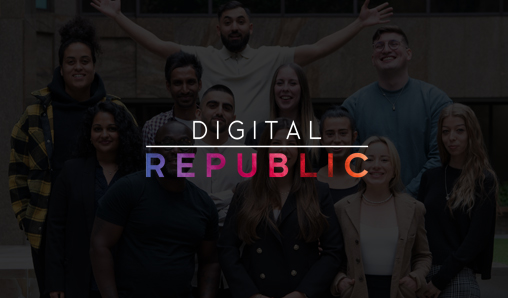
When Consumers Are More Likely To Be Receptive To Ads?

As we’ve previously covered, ad blocking in the US and many parts of Western Europe is here to stay. Many internet users are not happy with ads when they browse the web, whether it’s over privacy concerns or the general annoyance over ads ruining the user experience.
But research shows that consumers are willing to tolerate certain types of ads or ad experiences. For our latest report on Consumer Attitudes on Marketing, we commissioned customer experience analytics firm Bizrate Insights to survey a panel of US digital buyers on their ad habits and the types of ads they found useful or annoying.
US digital buyers that were surveyed considered static banner ads (16%), sponsored posts in social media feeds (14%) and sponsored search results (12%) to be the most useful digital ad formats. Overall, however, almost 58% of digital buyers said they didn’t think any digital ads were useful to them.
The following are highlights from the past year’s third-party research on what formats and ad channels US consumers are more likely to find engaging, relevant and maybe just inoffensive.
- When they’re expecting ads
Almost half of US digital buyers surveyed in June 2018 by multichannel marketing solutions firm Yes Marketing said they preferred to receive brand communications via email.
- When they’re incentivized
Discounts were what motivated the greatest share of US digital buyers (54%) to make a purchase from a display ad, per Yes Marketing.
- When they’re getting free content and services in exchange
In response to a September 2018 poll by the Interactive Advertising Bureau, Maru/Matchbox and video ad platform SpotX, 63% of US viewers of ad-supported video said they didn’t mind seeing ads if they were paying nothing, and 56% said they didn’t mind seeing ads if they were paying a reduced fee. Most respondents also thought ads on free digital video services like YouTube and Vevo were more relevant, engaging, unique and generally better than TV ads.
- When the ads are relevant
About three in five US internet users surveyed in September 2018 by programmatic exchange OpenX and The Harris Poll said they were more likely to care about a personalized ad, and 56% of respondents said relevant ads didn’t bother them.
- When they’re leaning back and relaxed
About three in five US internet users surveyed in November 2018 by mobile marketing firm Aki Technologies and Lucid said they were most receptive to smartphone ads when they were at home watching TV. The second-best time to reach these respondents was while they were in bed before they went to sleep. More specifically, almost three in four Gen Z respondents were most receptive to smartphone ads at bedtime.
- When they’re on social media
Almost three in four US teens surveyed in spring 2019 by investment bank Piper Jaffray said Instagram was one of the top three ways for retailers and brands to tell them about new products and promotions. Almost half chose Snapchat.
Originally posted by Nicole Perrin at eMarketer.
If you found this blog interesting, check out this article too.
Follow us on our LinkedIn and Twitter to stay up to date with the latest news in the digital data-driven ecosystem
Digital analytics, optimisation, data science or programmatic expert, and looking for a job?
Digital agency looking to expand your team with top-tier talent?
Get in contact with us!


